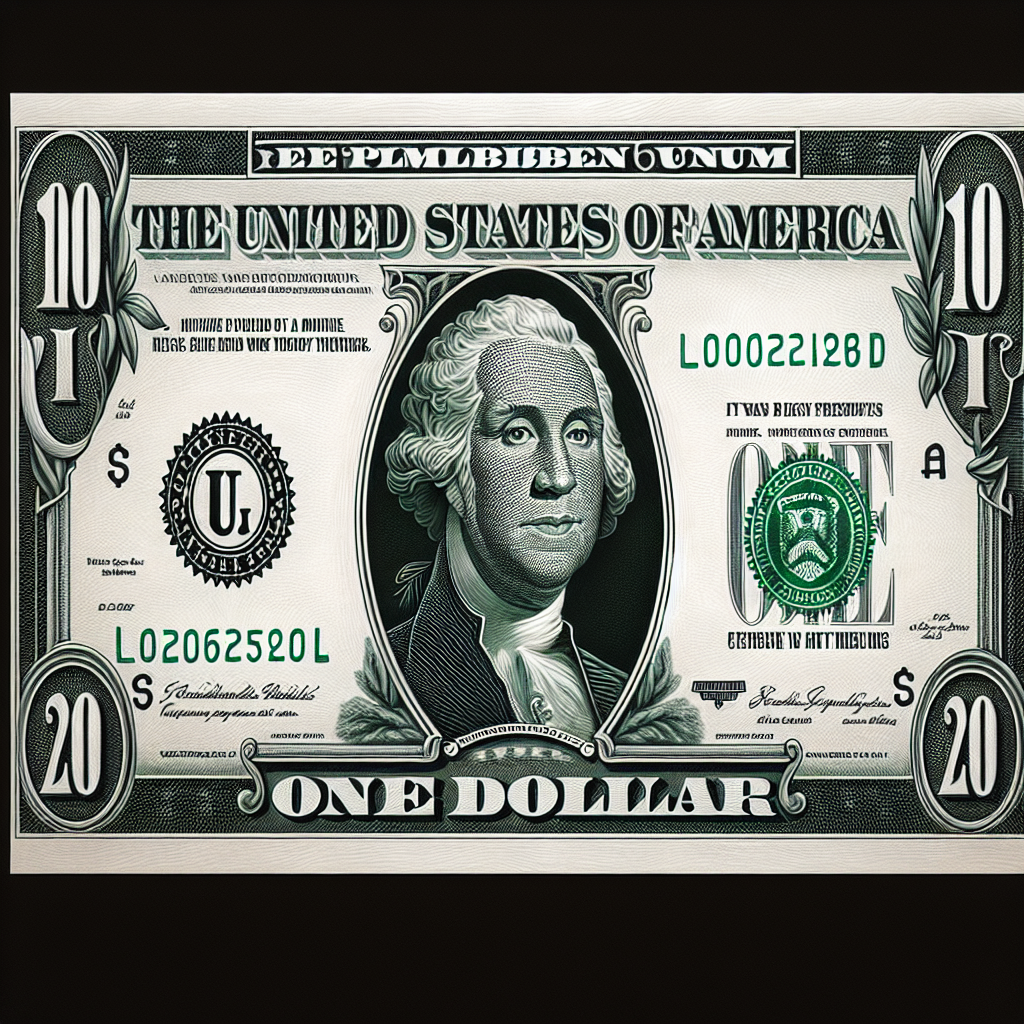Dollar Dominance Amid Fiscal Uncertainty
The U.S. dollar rose to its strongest against the yen in eight months due to U.S. government shutdown risks and potential Japanese stimulus. The kiwi dollar fell after the Reserve Bank of New Zealand's rate cut. Precious metals increased as safe havens, while interest rates are expected to be cut.

The U.S. dollar reached its highest level against the yen in nearly eight months on Wednesday amid mounting concerns over a U.S. government shutdown and speculation about Japan's fiscal stimulus strategies. The dollar rose 0.5% to 152.6400 yen as traders assessed the policies of Japan's newly elected leader, Sanae Takaichi.
Meanwhile, the kiwi dollar fell by 1% after the Reserve Bank of New Zealand unexpectedly cut interest rates by 50 basis points. This decision was seen as a pre-emptive move to bolster confidence amid economic uncertainty, according to experts at Commonwealth Bank of Australia and Bank of New Zealand.
In other market movements, the Australian dollar slipped due to volatility, while precious metals surged as investors sought safer assets. As the U.S. government shutdown entered its second week, futures showed a strong likelihood of the Federal Reserve reducing interest rates later this month.
(With inputs from agencies.)
ALSO READ
Sanae Takaichi: A Controversial Turn in Japan's Political Landscape
Sanae Takaichi: Poised to Break Barriers as Japan's First Female Prime Minister
Sanae Takaichi: Navigating Leadership Challenges as Japan's First Female Prime Minister
Historic Moment: Sanae Takaichi Set to Become Japan's First Female Prime Minister
Sanae Takaichi: A Hard-line Conservative's Ascent to Japan's Prime Ministerial Role










